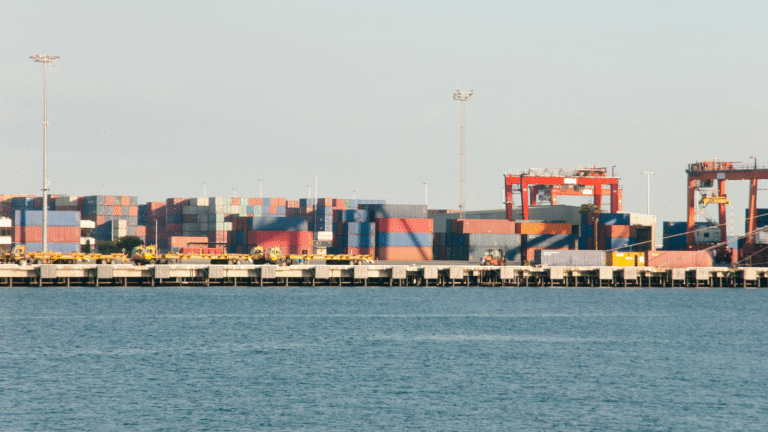Used EV availability in Australia depends heavily on import rules, compliance pathways and registration requirements. Tweaks to those rules can expand choice — or introduce complexity and hidden costs. For buyers, dealers and fleets, understanding what import changes mean for safety, price and battery transparency is crucial. This article explains the practical impacts of evolving import rules and how to safely navigate the used-EV market.
Table of Contents
- How used vehicles enter the Australian market today
- How policy changes can widen or narrow used EV supply
- Compliance, safety and battery transparency: the core buyer risks
- Practical advice for buying imported or grey-market EVs
- Dealer and market implications — what to expect next
- FAQs
- Conclusion
1. How used vehicles enter the Australian market today
Used vehicles arrive through several routes: trade dealers importing stock, private buyers bringing personal cars, and specialist importers using compliance pathways. Each route must satisfy local safety and emissions rules before the vehicle is registered for road use. For EVs, battery condition, software compatibility and repair history are additional critical elements.
2. How policy changes can widen or narrow used EV supply
- Loosening import approvals can quickly increase available makes and models, helping buyers access older or more affordable EVs.
- Tightening safety or ADR enforcement can reduce grey imports but improve consumer protections.
- Changes in taxation or duty can affect dealer willingness to import low-margin used EVs.
Net effect: supply expansions tend to lower prices and increase choice, while stricter rules protect buyers but can reduce volume or push prices up.
3. Compliance, safety and battery transparency: the core buyer risks
- Battery health unknowns: Unlike conventional engines, battery capacity and degradation are mission-critical. Imported EVs with no clear health records can present surprise replacement costs.
- Software/feature mismatches: Regionally different firmware or locked features can leave buyers with reduced functionality or expensive unlock paths.
- Crash history and repair quality: Some imports can have viscous repair backstories that are difficult to detect without thorough checks.
- Warranty gaps: Manufacturer warranties may not transfer to vehicles imported outside official channels.
Buyers should treat these as first-order checks when evaluating a used EV.
4. Practical advice for buying imported or grey-market EVs
- Insist on a battery health report showing present capacity vs original. Get it from an independent technician where possible.
- Confirm software and feature parity with local models — ensure key safety features and charging standards work in Australia.
- Ask for full compliance paperwork and proof the vehicle can be legally registered. Avoid cars with incomplete RRV or compliance documents.
- Prefer dealer-backed imports or certified refurbishers who offer limited warranties — they tend to manage ADR compliance and repairs transparently.
- Budget for potential retrofits (e.g. AC charging adaptors, local telematics) if the car is from a market with different standards.
A cautious, documentation-led purchase avoids later headaches.
5. Dealer and market implications — what to expect next
- Greater used supply improves affordability if import rules are eased and compliance processes are streamlined in a safe way.
- Dealers will provide more value by packaging battery checks, compliance paperwork, local warranty and service plans.
- Niche models may appear briefly; buyers should act quickly but validate documentation thoroughly.
Market maturity will drive standardisation of battery-health certificates and compliance checks — making the market safer over time.
FAQs
Q: Will used EVs get much cheaper with relaxed import rules?
A: Potentially — but final prices depend on compliance costs, repair costs and the desirability of the model in Australia.
Q: How can I check a used EV’s battery health?
A: Request a capacity or state-of-health report from a qualified technician or ask the seller for OEM diagnostics where available.
Q: Is buying a grey-import EV risky?
A: It can be, especially if paperwork or battery history is missing. Use reputable dealers, insist on diagnostics and understand local registration obligations.
Conclusion
Changing import rules can significantly affect the availability and affordability of used EVs in Australia. The upside is more choice and lower prices; the downside is potential safety, warranty and battery-health risks for the uninformed buyer. The best defence is diligence: insist on battery checks, compliance paperwork and dealer warranties. That way you can take advantage of broader supply without taking on hidden liability.
Meta description: Policy changes shape used EV supply in Australia. Learn how import rules affect availability, cost and buyer risk — and what checks to do before you buy.
